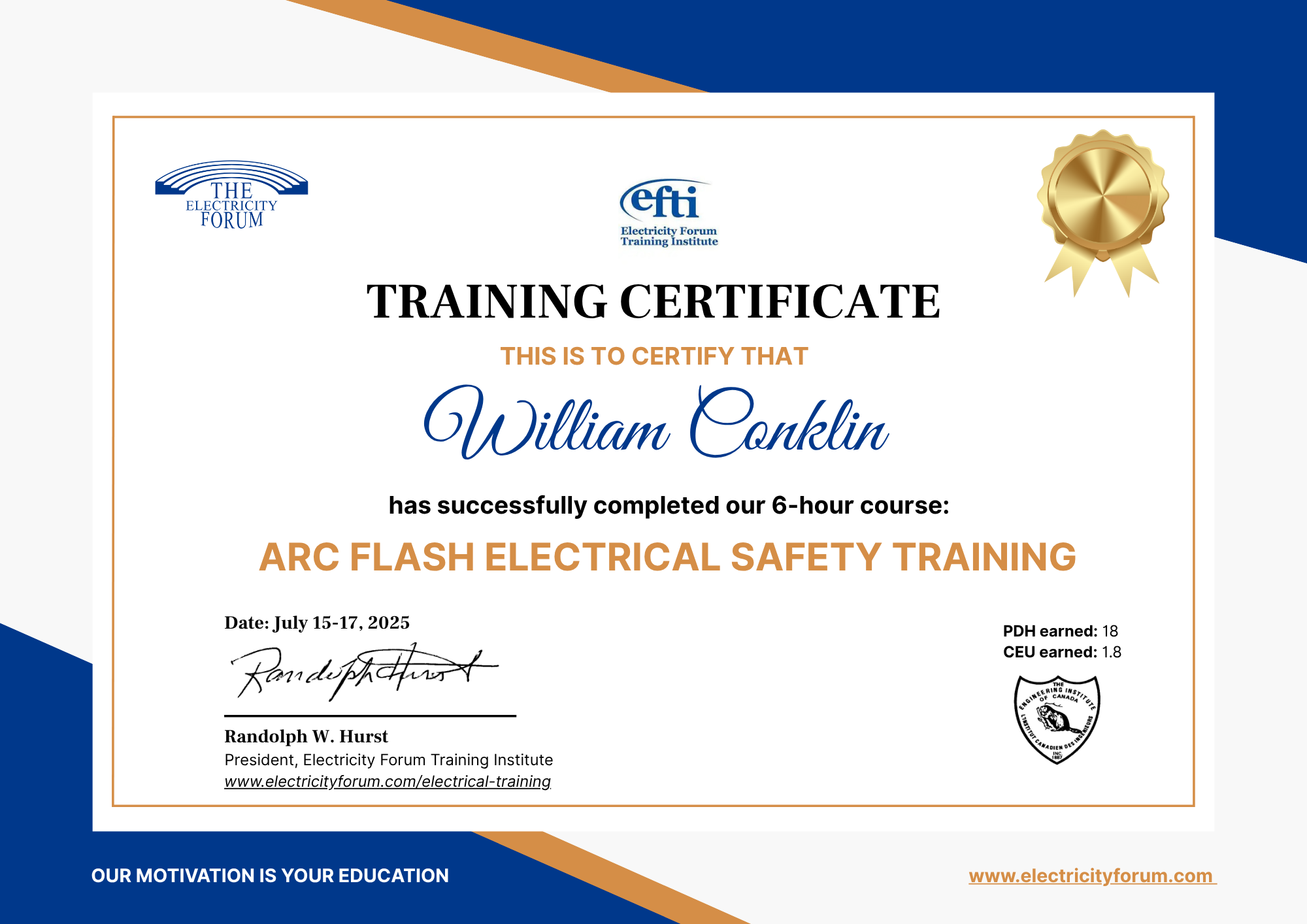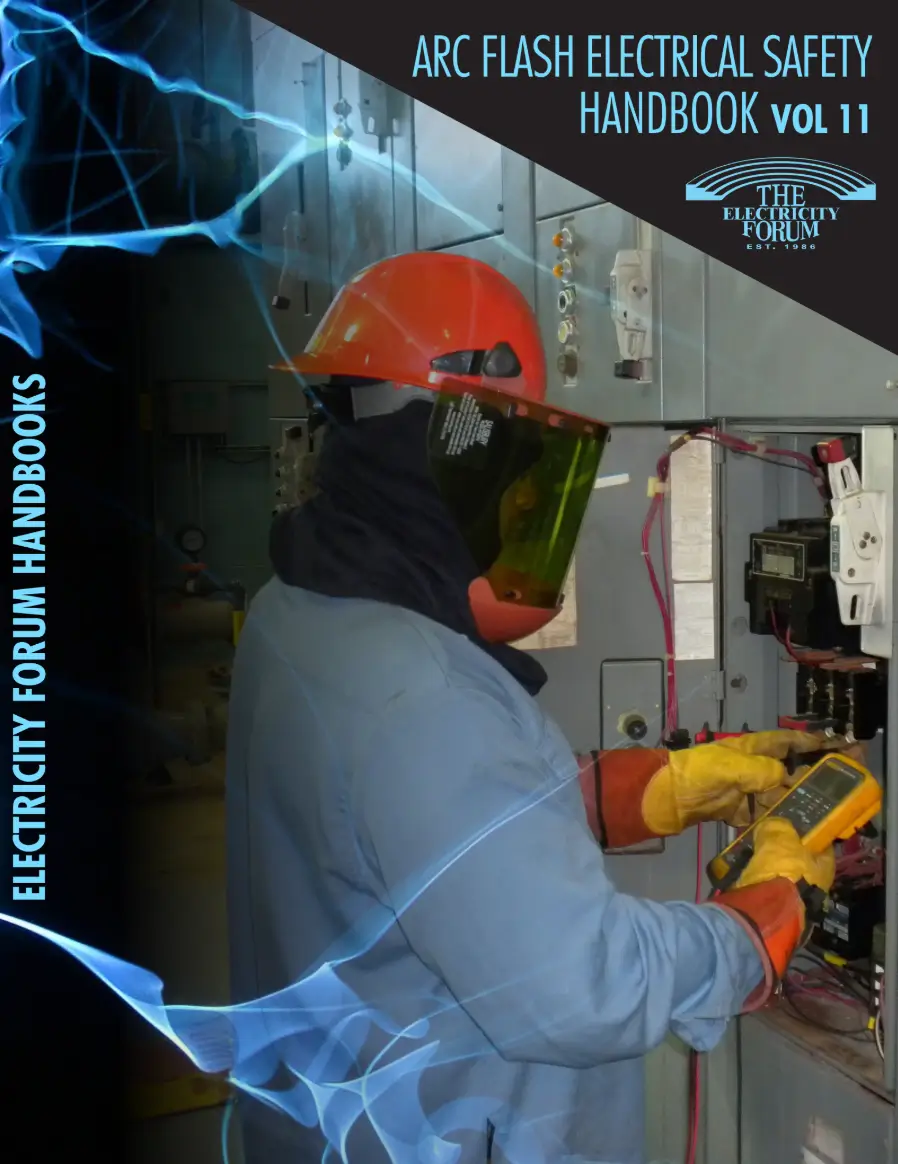Far too often, plant electrical systems go through changes without serious attention paid to short circuit levels and equipment ratings.
Even new buildings and installations are not immune to short circuit problems. The results can be expensive at best, disastrous at worst! Understanding how to conduct a short circuit study can reduce the risk your company faces and help avoid catastrophic arc flash injury to workers and equipment. It’s about safety & reliability.
Only after an arc flash hazard analysis has been completed through a proper arc flash study, can engineering revisions be made to your system to reduce the incident energy to manageable levels. But only a proper short circuit study and arc flash study can identify the buses with high incident energy levels and only an arc flash study can determine the rating of the personal protective equipment really needed at each location in a facility.
Considerations for determining if you need an Arc flash study:
- Arc flash study has not been performed in the past three years
- Short-circuit, protective coordination studies have not been performed in the past five years
- Changes have occurred to electrical distribution system or electric utility system
- Safety audit is being required
- Facility insurance policy is up for renewal
- Modifications or expansions of electrical distribution system are being considered
Developing and implementing an ongoing arc flash hazard program which meets the new regulations noted in NFPA 70e/CSA Z462 or IEEE-1584 can be challenging. Rule of thumb methods could result in both unnecessary worker exposures to hazards from under protection and significant lost plant productivity due to overprotection. Performing an accurate arc flash/short circuit study and applying labels is only one aspect of a true arc flash hazard program. A comprehensive corporate electrical safety program also includes development and implementation of the proper processes, procedures, documentation, and training programs.
This Arc Flash Study training course is designed to provide a comprehensive and systematic understanding of arc flash hazards, prevention, electrical safety, calculation and analysis. It is also designed to provide the detailed steps required to perform an arc flash study. Participants will learn how to perform in-depth calculations of incident energy, arcing current and flash protection boundaries based on the various methods of NFPA 70e/CSA Z462 and IEEE 1584. There will also be a demonstration of how to perform an Arc flash/short circuit study using a commercially available computer program.
COURSE OBJECTIVES
Learn about arc flash hazards, standards, safety and calculations. This course is designed to educate participants about all aspects of arc flash studies.
LEARNING OBJECTIVES
Upon completion of this course, the student will learn how to:
- Develop a realistic risk assessment, ensuring proper personnel safety and increased compliance by workers
- Eliminate hours of engineering time and prevent costly mistakes
- Assure electrical system reliability
- Provide documentation and labeling for your Arc Flash Hazard Safety Program
- Avoid unnecessary costs from over specification of gear, providing higher potential worker productivity — savings thousands of dollars on an annual basis!
- Understand short circuit study fundamentals
- Understand arc flash study fundamentals
- Comply with standards for limits of approach
- Produce arc flash labeling
- Perform arc flash approach boundary calculations and more!

















